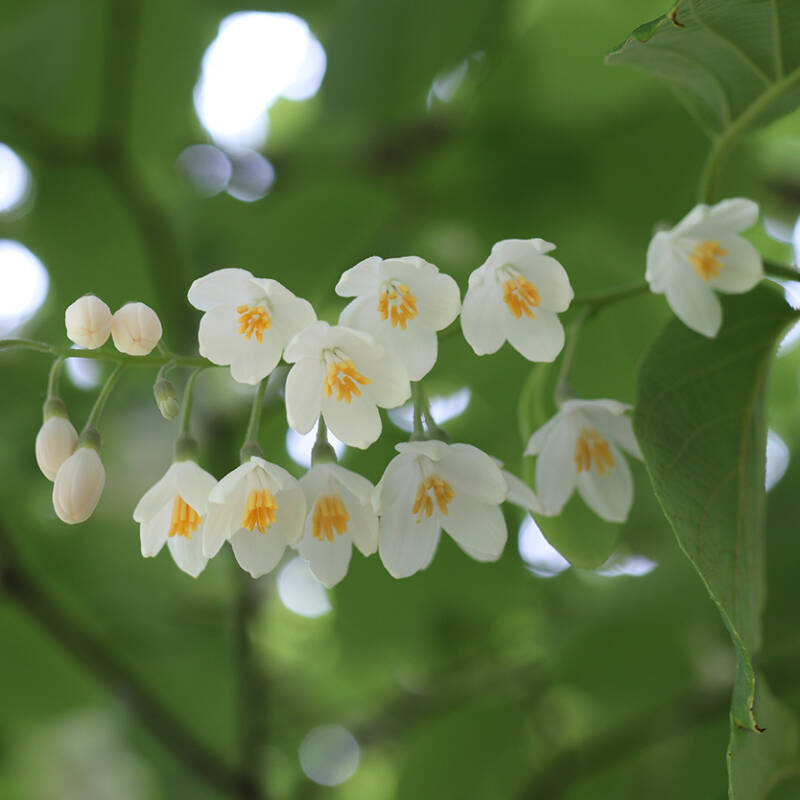For many visitors to this week’s 100th Chelsea Flower Show–during member days at least–the Great Pavilion is the main event. The Show Gardens might as well be called Show Business and are a mere distraction en route to the temple of horticultural excellence.
Photographs by Kendra Wilson.

Above: “Isn’t that fantastic?” says top plantsman John Massey. “Yes, if you like cabbages,” says his companion. There is a lot of cabbage-fancying in the Great Pavilion, but this is in fact the display from the National Dahlia Collection. As Chelsea celebrates its first centenary, many of the stands have made vignettes of growing practices from the past. This is a typical cottage garden in which order is paramount. Aesthetics don’t come into it except in the pursuit of a top prize at the local garden show.

Above: An upturned flower pot stuffed with straw was the preferred method of trapping earwigs, and Vaseline rubbed on the lower stem of a plant. Dahlias were grown trussed up against a bamboo pole for optimum straightness and a sponge was positioned beneath the bud so that when the flower opened it would be held up, very gently.

Above: Hyacinths looking orderly in baskets. Bulb merchant J.S. Pennings-Breezand from Holland says, “In Holland we display individual plants, but the English insist on a display.” They have come as close as possible to showing individual plants, while putting on a display. The smell by the way is completely overpowering, in a good way.

Above: The rose displays at Chelsea are always worth the journey. The two David Austins, senior and junior, stand in an idyllic scented garden with roses growing over arbors and trellises. In its midst, cut flowers accompany are part of a table setting for high tea. David Austin Sr., who has been breeding roses since 1963, tells me that cut flowers are doing well for them in the United States. Their overseas growers have optimum conditions in southern California and in South America.

Above: Some stands do not need to try to put on a retro look. Johnny Walkers of Walkers Bulbs shows off his prize daffs.

Above: This kind of neatness is part of the tradition of prize vegetable growing and is not something we’d expect to see in the show gardens, which are perfect but in a more natural-looking way.

Above: Spotted amongst the herbaceous perennials, gardening interior designer Nicky Haslam. “I’ve come dressed as Vita Sackville-West,” he announces.

Above: For lupine nuts, it doesn’t get much better than this.
Kendra has been at the Chelsea show all week. For more coverage (and more of her on-the-spot photos), see Gold Medals Awarded at the Chelsea Flower Show.









Have a Question or Comment About This Post?
Join the conversation